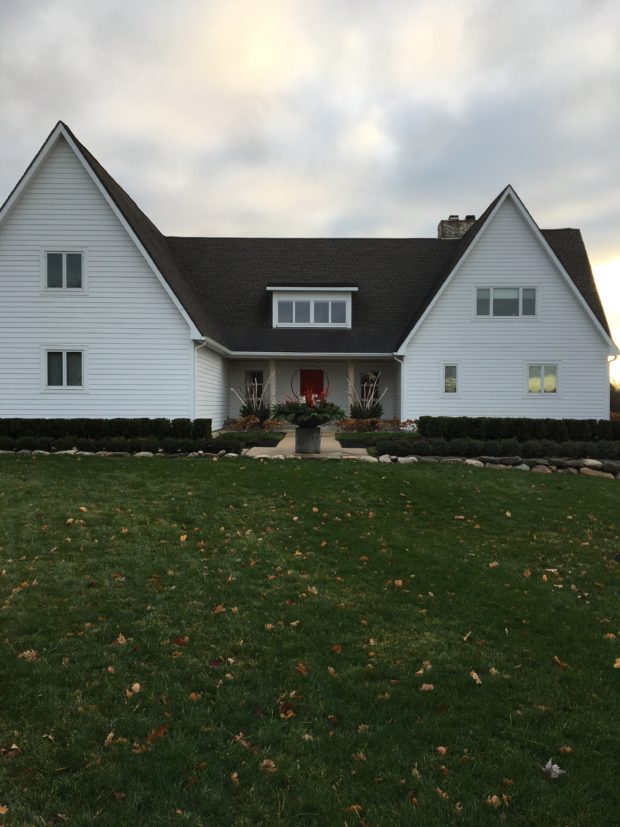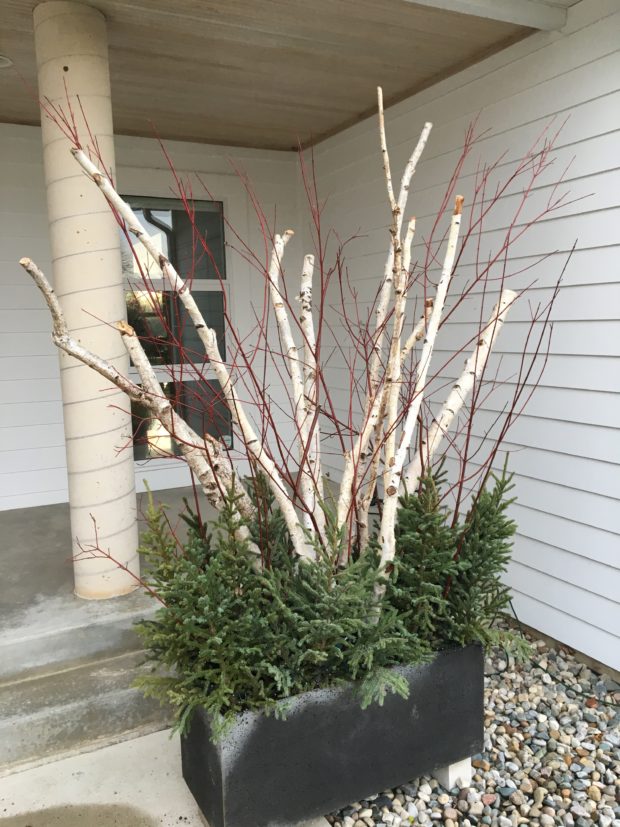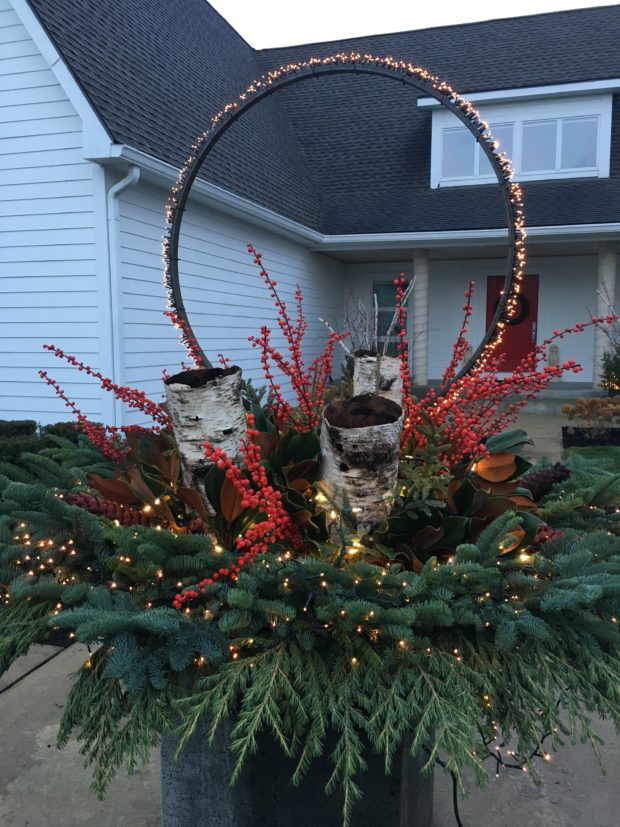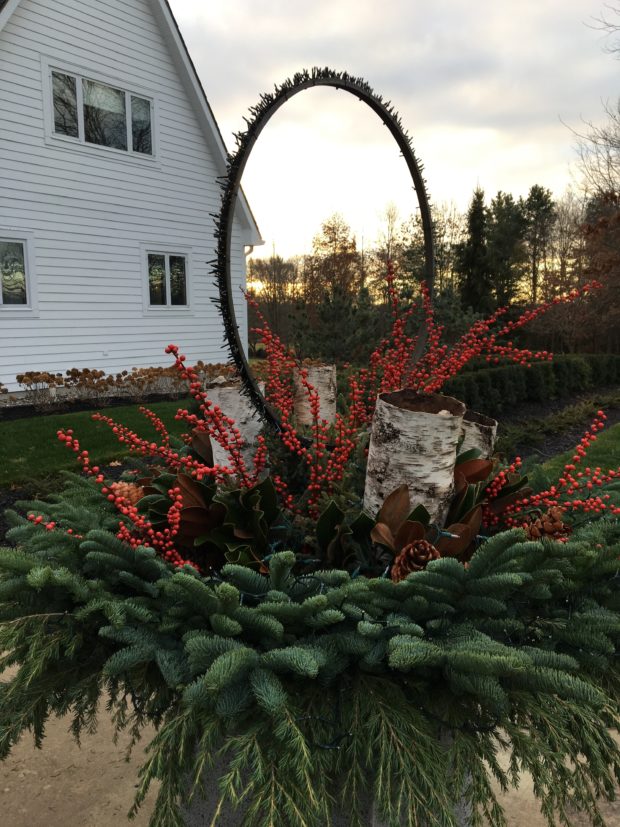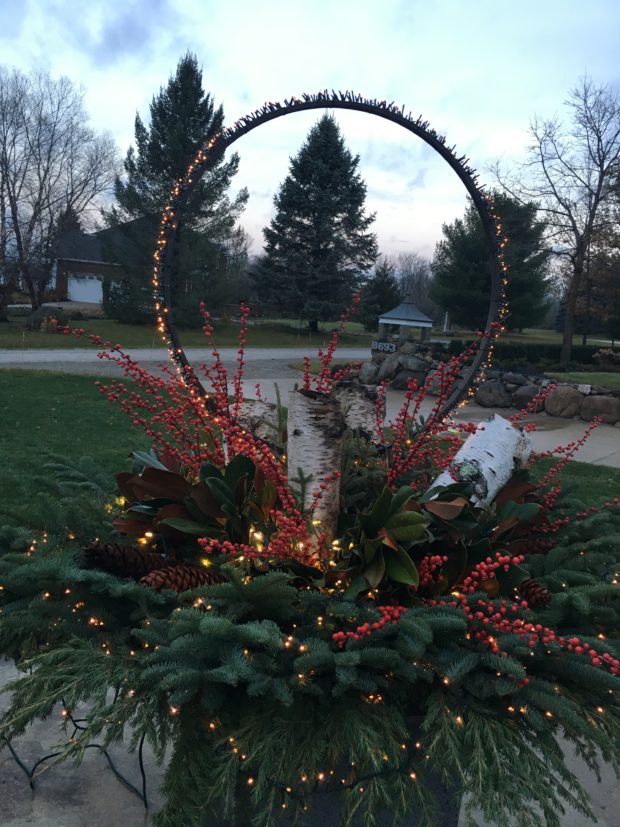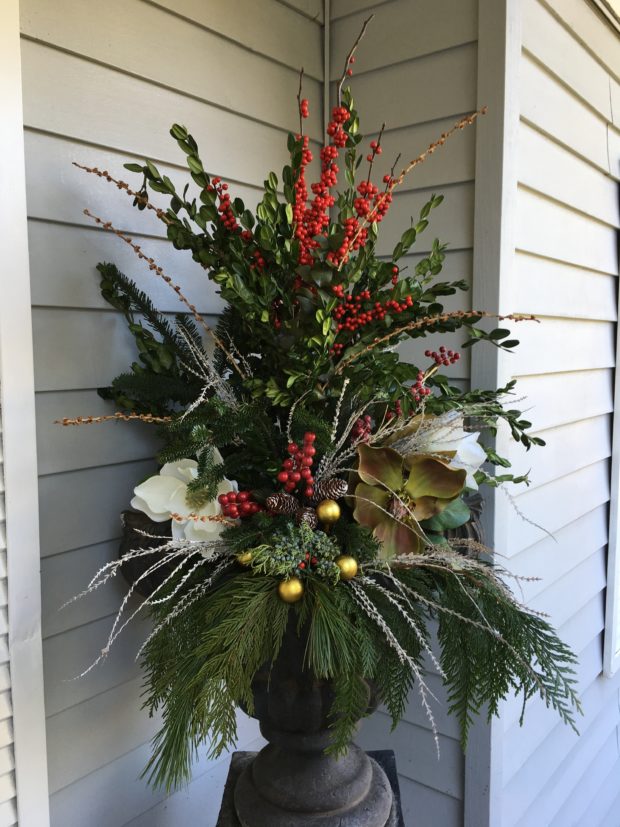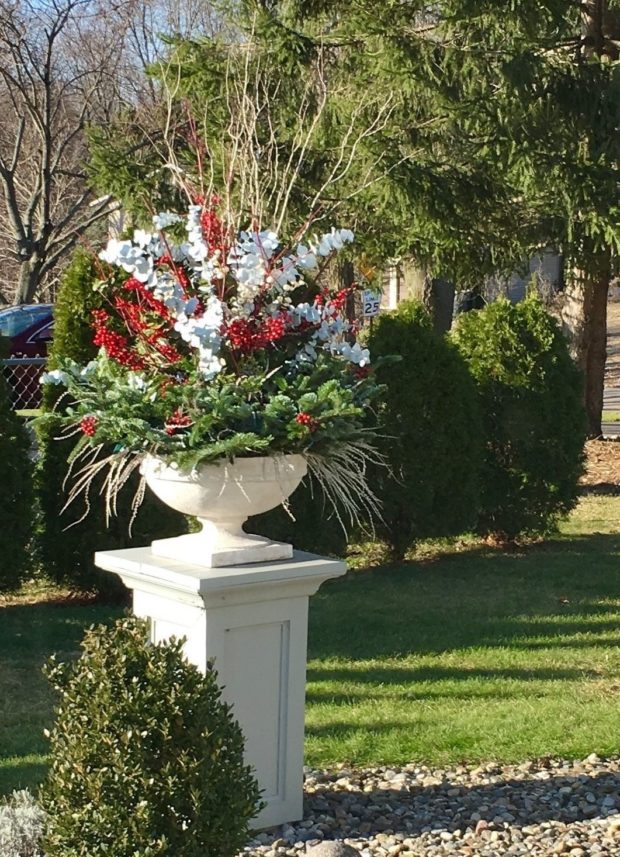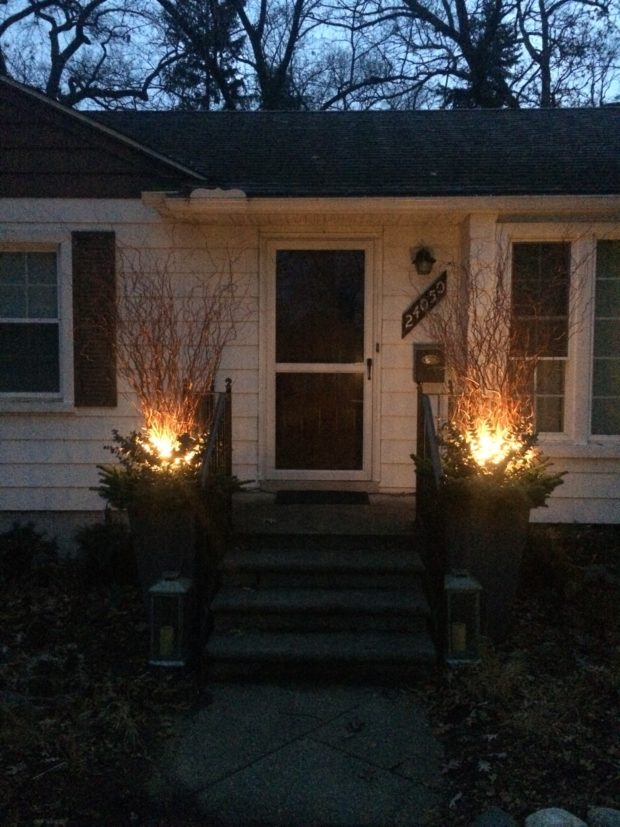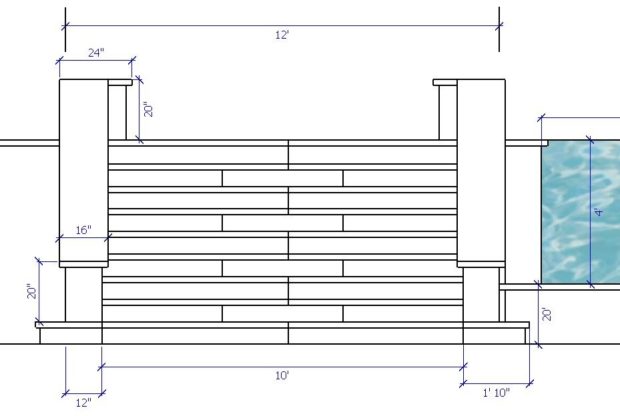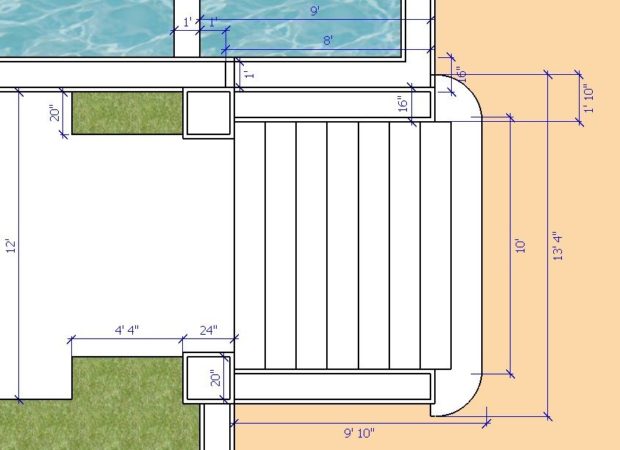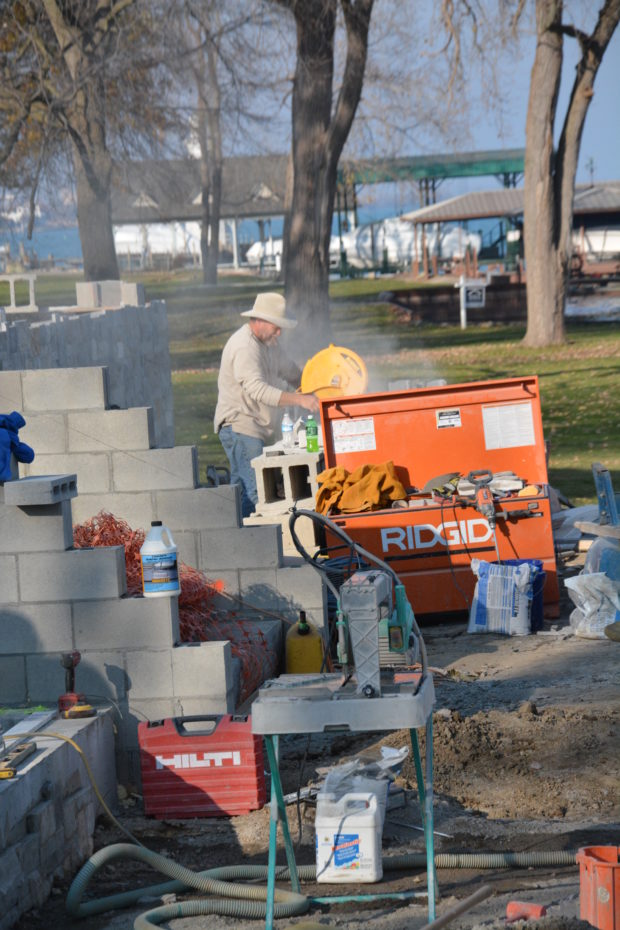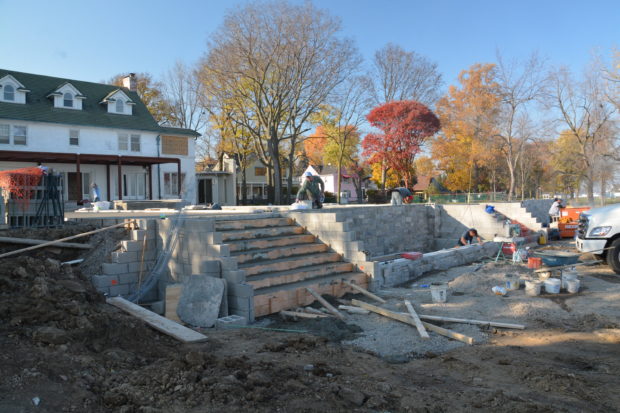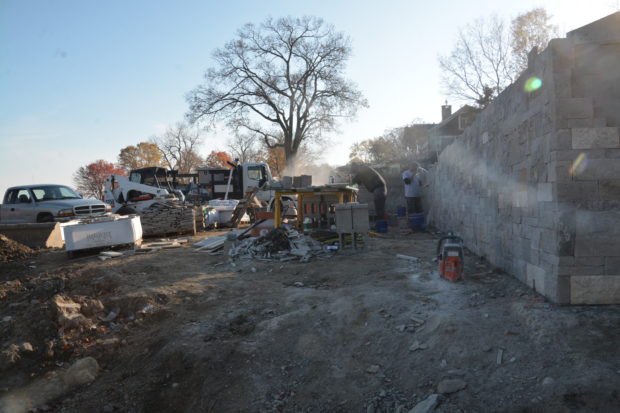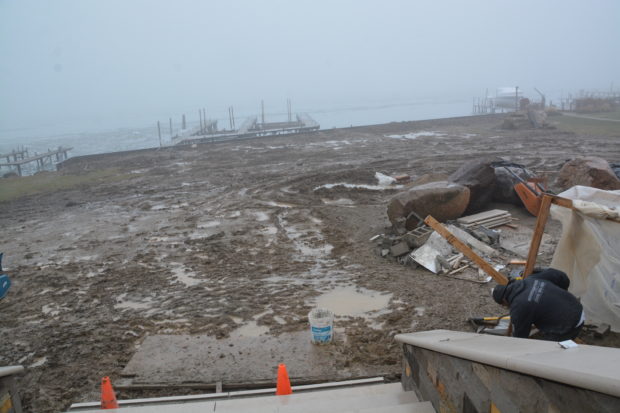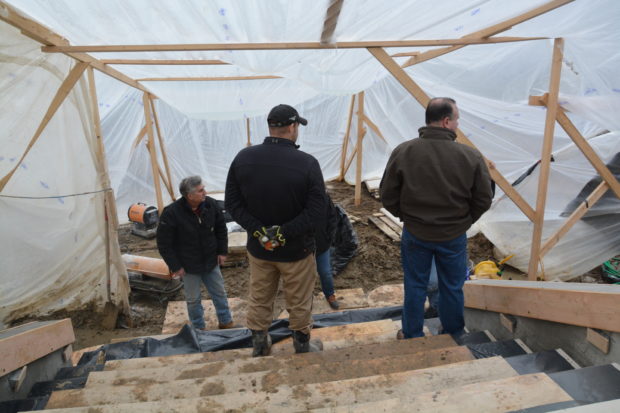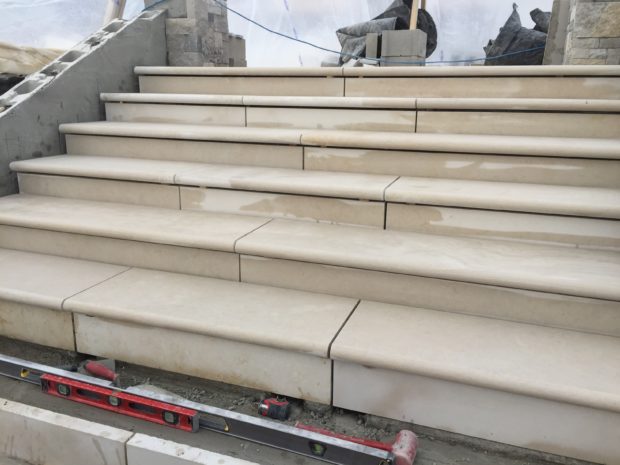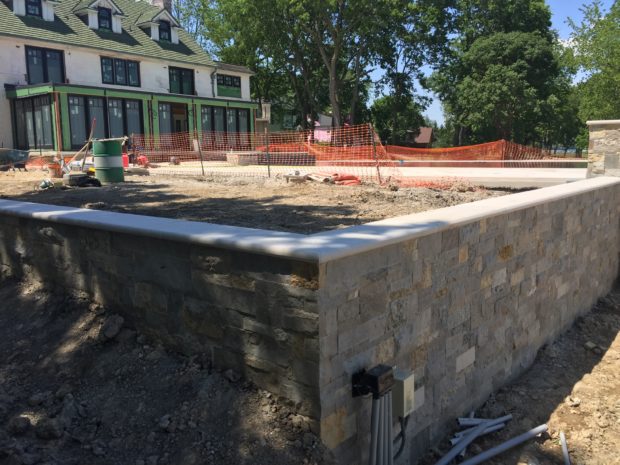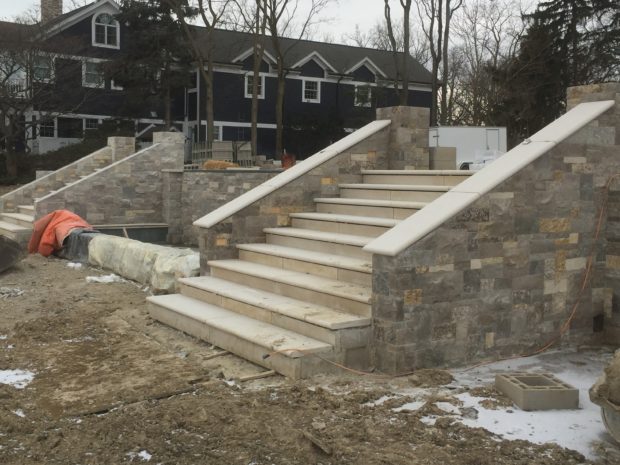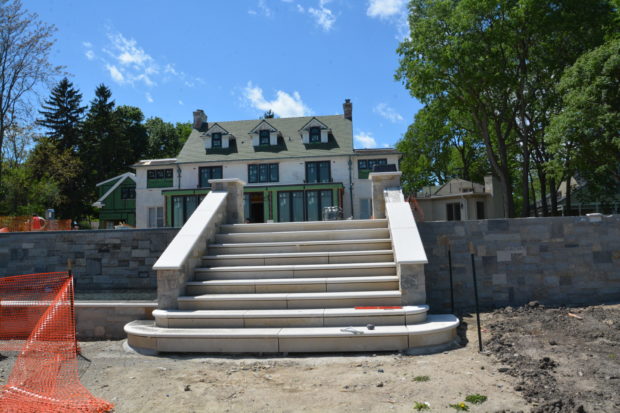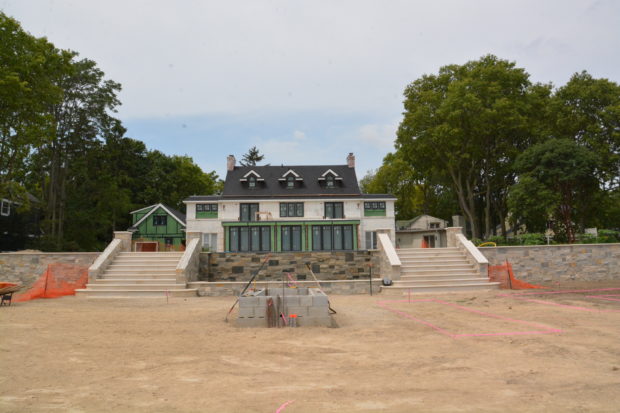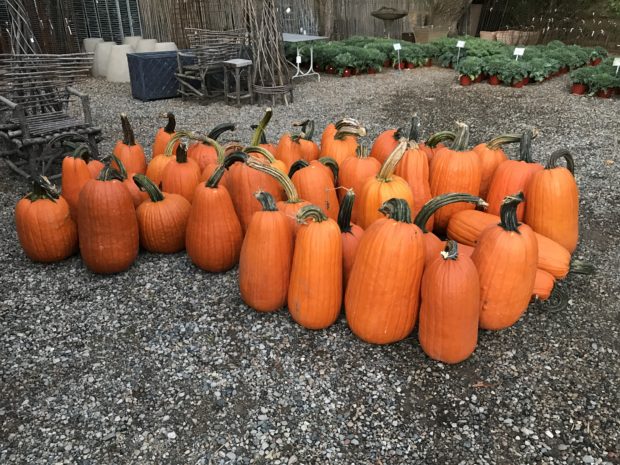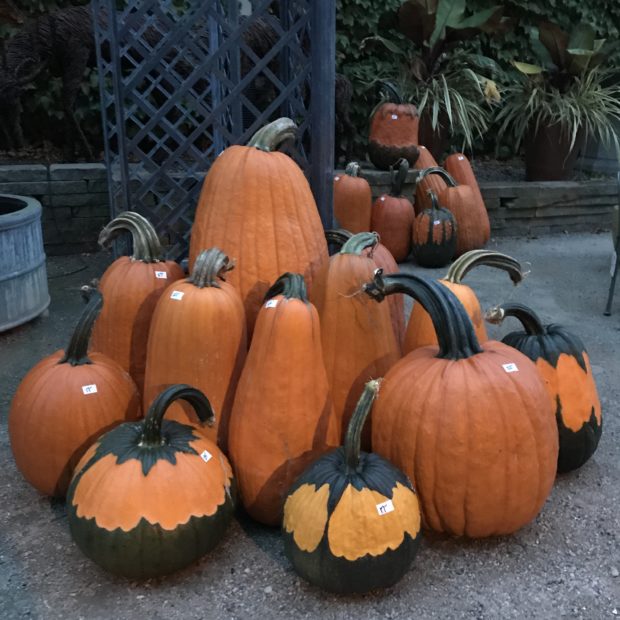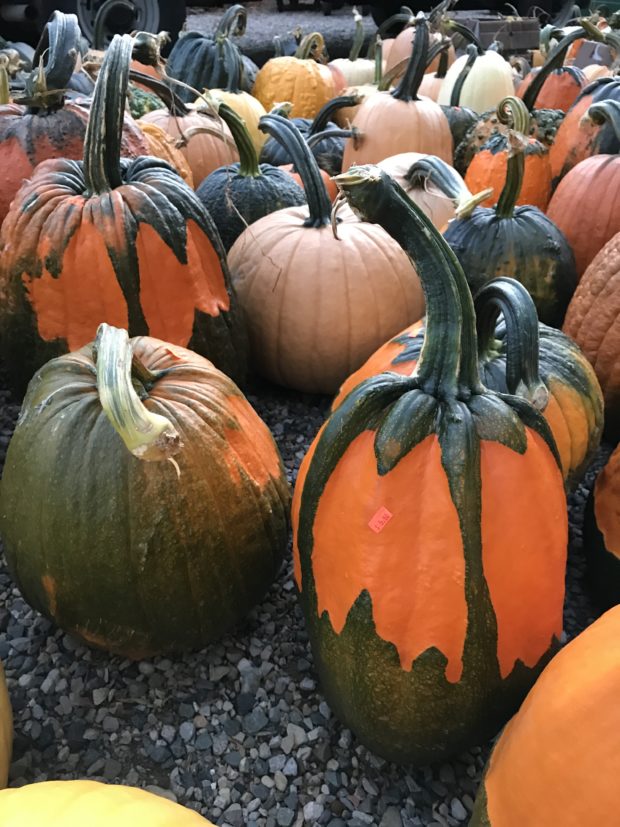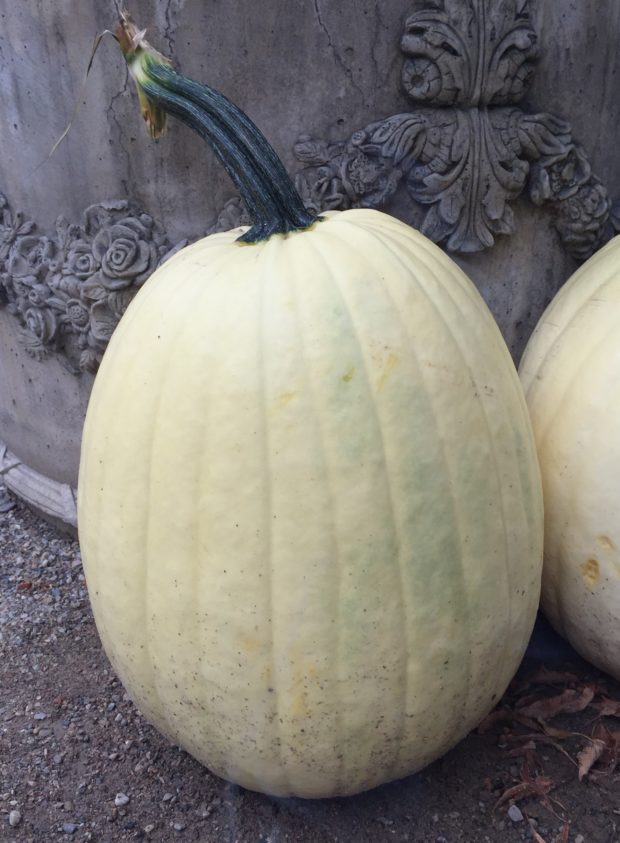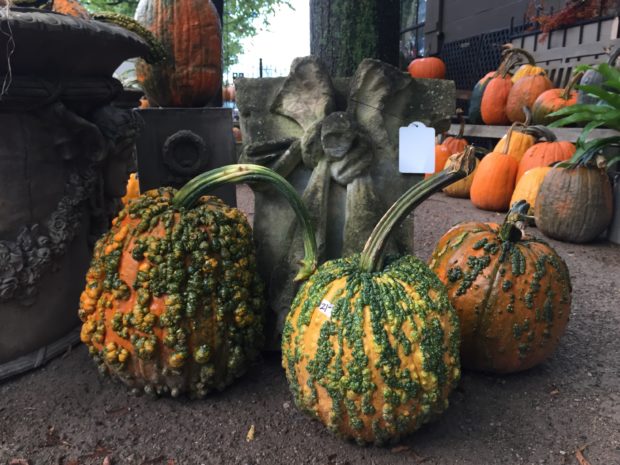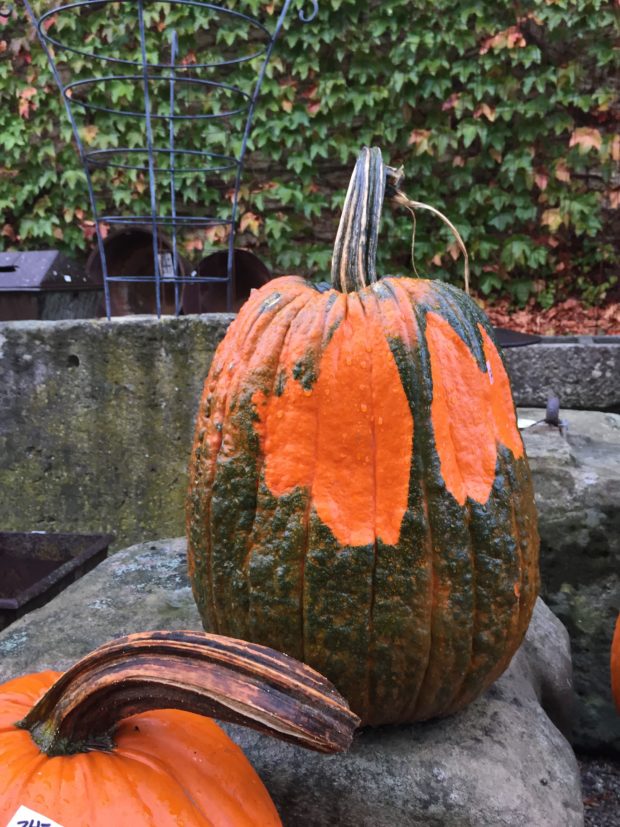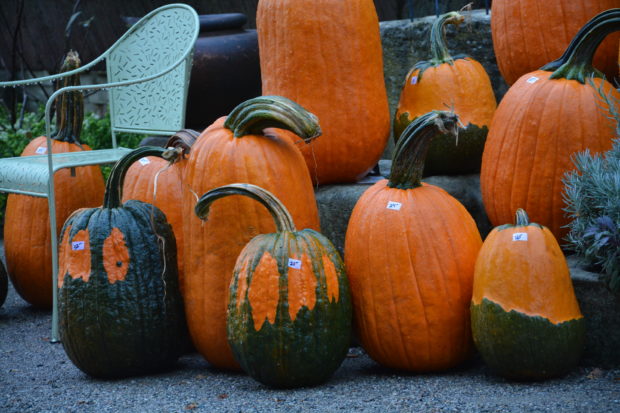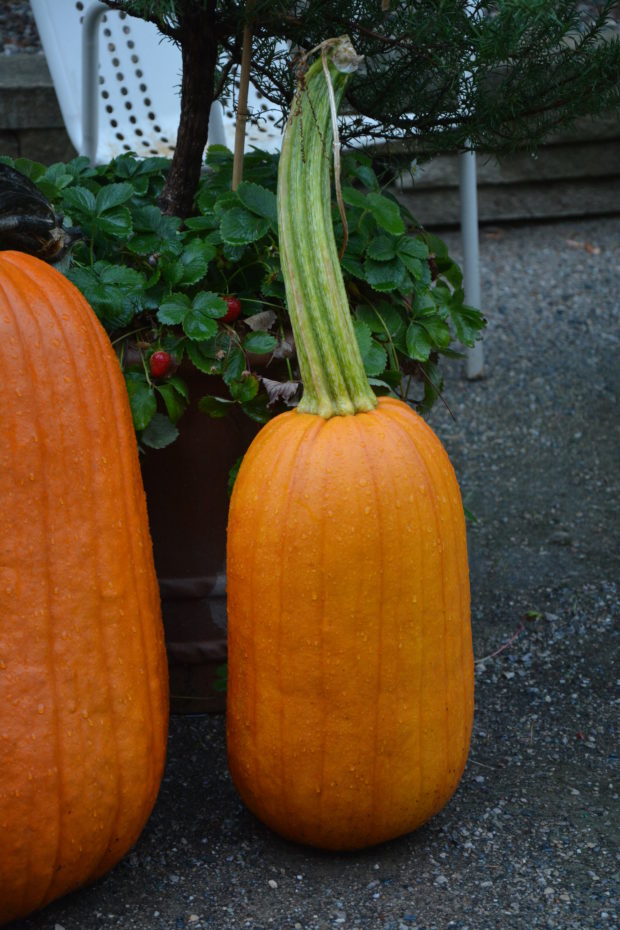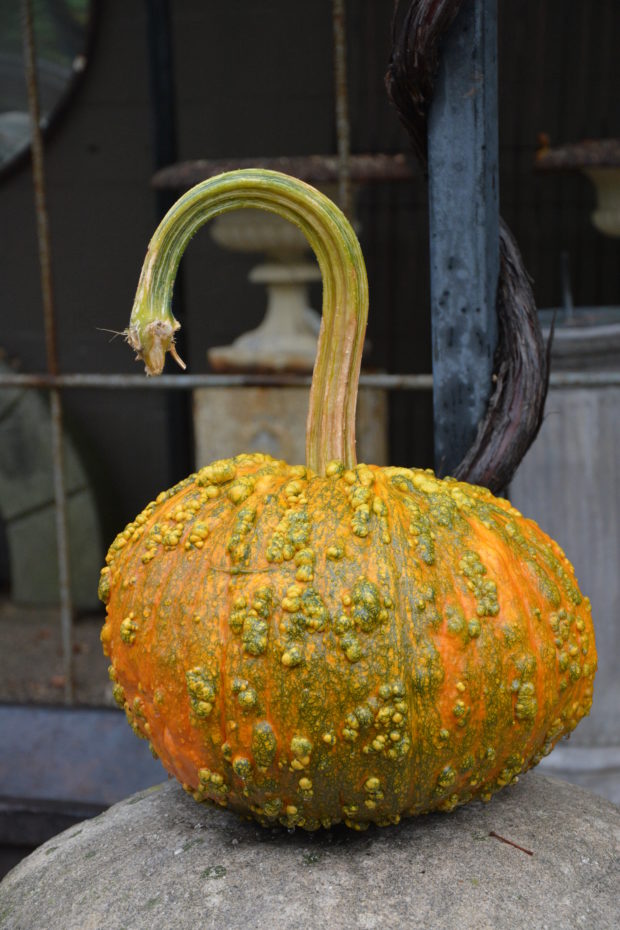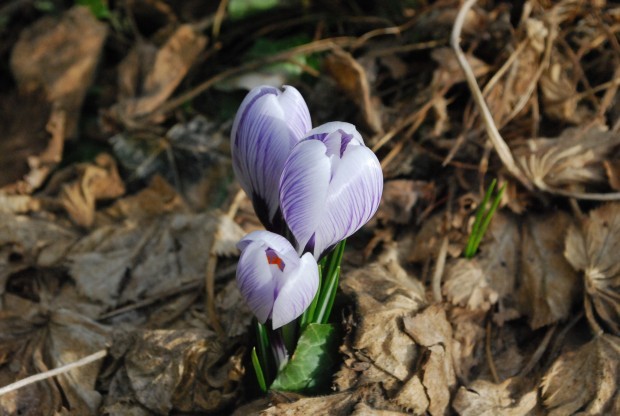 The first spring flower in my garden is always a snowdrop, but the crocus are never far behind. This year, they are early. I suppose an unusually mild winter and a decent string of warmish days account for that. Last year, spring begrudging arrived in late April. My crocus had barely been in bloom a day before one bitterly cold late April night knocked them to the ground. A gardener’s life is much about moments – some of which are very brief. I am more than a week into the crocus blooming-this is a good year for them. This first crocus is blooming through the remains of an old clump of lady’s mantle. I only do the most rudimentary of fall cleanups. I like a garden to have a winter blanket. Still, that crocus bloom pushing its way up through the matted mess of roots and decaying leaves, is a testament to the persistence of life.
The first spring flower in my garden is always a snowdrop, but the crocus are never far behind. This year, they are early. I suppose an unusually mild winter and a decent string of warmish days account for that. Last year, spring begrudging arrived in late April. My crocus had barely been in bloom a day before one bitterly cold late April night knocked them to the ground. A gardener’s life is much about moments – some of which are very brief. I am more than a week into the crocus blooming-this is a good year for them. This first crocus is blooming through the remains of an old clump of lady’s mantle. I only do the most rudimentary of fall cleanups. I like a garden to have a winter blanket. Still, that crocus bloom pushing its way up through the matted mess of roots and decaying leaves, is a testament to the persistence of life.
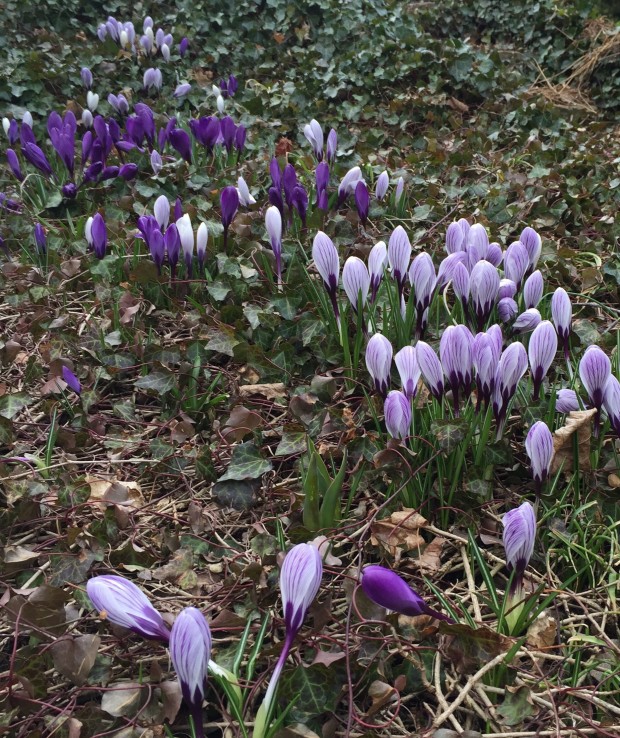 My crocus do not seem mind the thicket of baltic ivy that covers the ground where they emerge every spring. There is more to this than meets the eye. Baltic ivy on the surface is a tangled mess of vines. But underground the roots are stout and unbelievably thick. If you have ever tried to remove a patch of Baltic ivy, I am sure you threw aside your trowel for a sharp bladed trenching shovel. A mature stand of ivy slated for removal takes the sharpest and biggest tool, a steely amount of determination, and a will to overcome. Add to this a lot of sweat and time, and you will get the picture. My crocus does not mind the ivy. They thrive, in spite of it.
My crocus do not seem mind the thicket of baltic ivy that covers the ground where they emerge every spring. There is more to this than meets the eye. Baltic ivy on the surface is a tangled mess of vines. But underground the roots are stout and unbelievably thick. If you have ever tried to remove a patch of Baltic ivy, I am sure you threw aside your trowel for a sharp bladed trenching shovel. A mature stand of ivy slated for removal takes the sharpest and biggest tool, a steely amount of determination, and a will to overcome. Add to this a lot of sweat and time, and you will get the picture. My crocus does not mind the ivy. They thrive, in spite of it.
 They push through what is underground, and emerge above ground-effortlessly. Gracefully. They manage their life with equal parts of grace and tenacity. It could be that my most favorite part of the crocus blooming is how they make me get down on the ground to see them. Being close to ground level is an experience of nature like no other. Ground level in a garden is an experience of a living city that is thriving. That experience is what keeps me gardening.
They push through what is underground, and emerge above ground-effortlessly. Gracefully. They manage their life with equal parts of grace and tenacity. It could be that my most favorite part of the crocus blooming is how they make me get down on the ground to see them. Being close to ground level is an experience of nature like no other. Ground level in a garden is an experience of a living city that is thriving. That experience is what keeps me gardening.
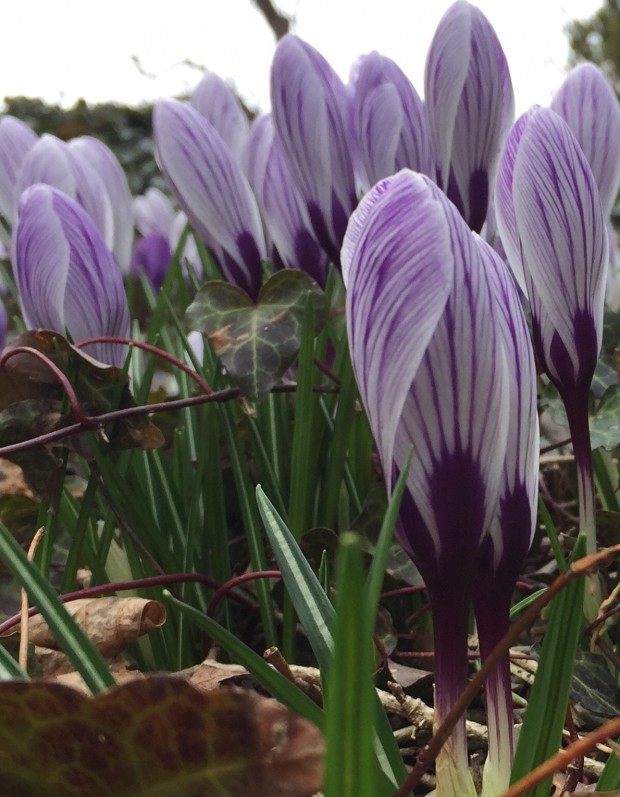 The story of the earth, and all of the life teeming just below and just above the surface, is a tale that delights each and every gardener. I am sure that what makes gardeners such a close but equally diverse group is their respect for the miracle that is nature. Everyone experiences gardening differently. Those differences make for lots of stories that get passed around. The respect that every gardener feels for that incredible force that we call nature is what glues us all together. On the flip side, I am just about unglued waiting for our winter to end. The crocus is making that easier to bear.
The story of the earth, and all of the life teeming just below and just above the surface, is a tale that delights each and every gardener. I am sure that what makes gardeners such a close but equally diverse group is their respect for the miracle that is nature. Everyone experiences gardening differently. Those differences make for lots of stories that get passed around. The respect that every gardener feels for that incredible force that we call nature is what glues us all together. On the flip side, I am just about unglued waiting for our winter to end. The crocus is making that easier to bear.
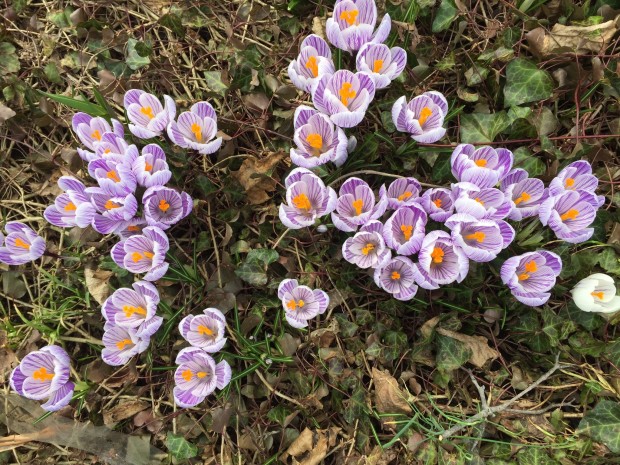 So my story, this 23rd of March, is that I have crocus in full bloom. Crocus are incredibly beautiful. They are a member of the iris family. The white stripe at the center of the leaves is typical. Crocus bulbs are planted in the fall. The corms are small, and not very expensive. They take next to no effort to get them planted 3 inches below ground. Even on a cold November day, planting crocus is doable.
So my story, this 23rd of March, is that I have crocus in full bloom. Crocus are incredibly beautiful. They are a member of the iris family. The white stripe at the center of the leaves is typical. Crocus bulbs are planted in the fall. The corms are small, and not very expensive. They take next to no effort to get them planted 3 inches below ground. Even on a cold November day, planting crocus is doable.
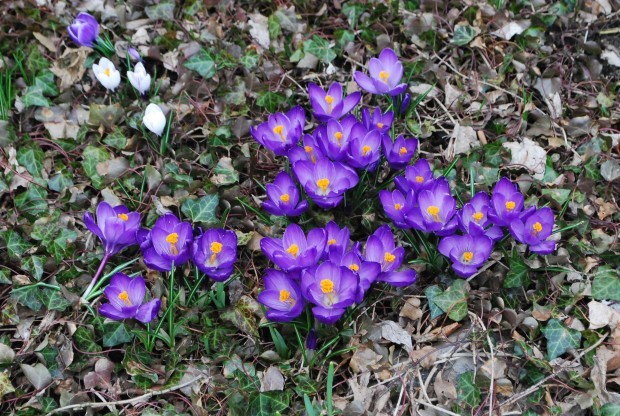 When they bloom, there is an explosion of color. The blooms are large and showy. They populate an area readily and without any intervention from me. I have never done anything to them, except plant and enjoy. I greatly admire how they shrug off the late winter weather. The coming of the crocus tell me that spring is on the way.
When they bloom, there is an explosion of color. The blooms are large and showy. They populate an area readily and without any intervention from me. I have never done anything to them, except plant and enjoy. I greatly admire how they shrug off the late winter weather. The coming of the crocus tell me that spring is on the way.
 The beginning of spring is not always so easy to detect. One spring day, the birds start singing. That is my first sign. The dormant garden has nothing much to say, but for the crocus. The crocus emerge and go on to bloom during that time when nature is not entirely sure it is ready to swing in to spring. If you are a gardener, transitional blooming early spring bulbs might jump start your spring.
The beginning of spring is not always so easy to detect. One spring day, the birds start singing. That is my first sign. The dormant garden has nothing much to say, but for the crocus. The crocus emerge and go on to bloom during that time when nature is not entirely sure it is ready to swing in to spring. If you are a gardener, transitional blooming early spring bulbs might jump start your spring.
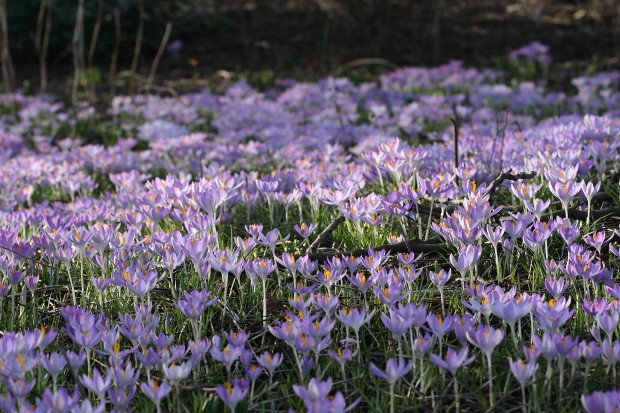 Crocus are not native to North America. The first species crocus bulbs reputedly made their way to the Netherlands in the mid 16th century from Turkey. This photograph of crocus tommasinianus blooming, via Wikipedia, provides ample evidence that the species crocus are just as lovely as the more readily available giant Dutch hybrids – derived from the species crocus vernus.
Crocus are not native to North America. The first species crocus bulbs reputedly made their way to the Netherlands in the mid 16th century from Turkey. This photograph of crocus tommasinianus blooming, via Wikipedia, provides ample evidence that the species crocus are just as lovely as the more readily available giant Dutch hybrids – derived from the species crocus vernus.  Crocus longiflorus, photograph from Wikipedia
Crocus longiflorus, photograph from Wikipedia
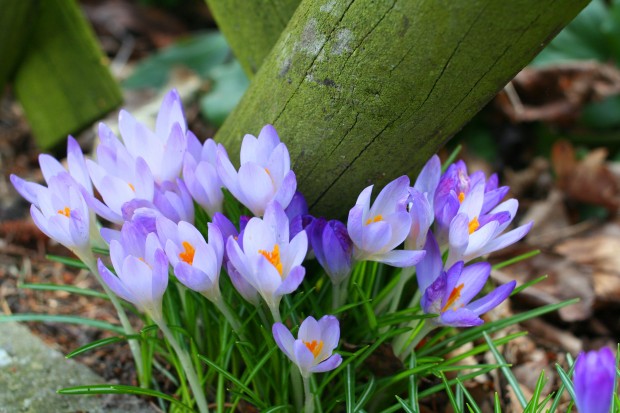 Crocus chrysanthus Blue Pearl blooming around a fence post, from Wikipedia. It is a gardening moment that stops me dead in my tracks. How enchanting is this? Happy spring to you.
Crocus chrysanthus Blue Pearl blooming around a fence post, from Wikipedia. It is a gardening moment that stops me dead in my tracks. How enchanting is this? Happy spring to you.
